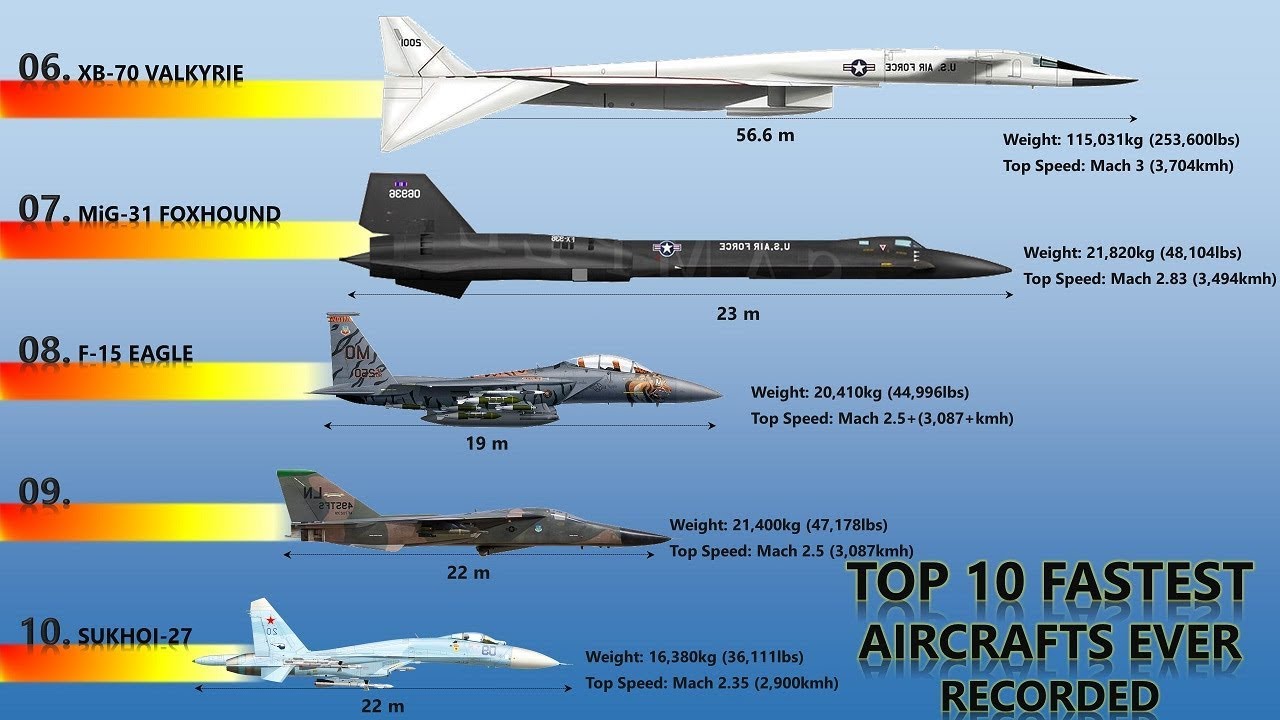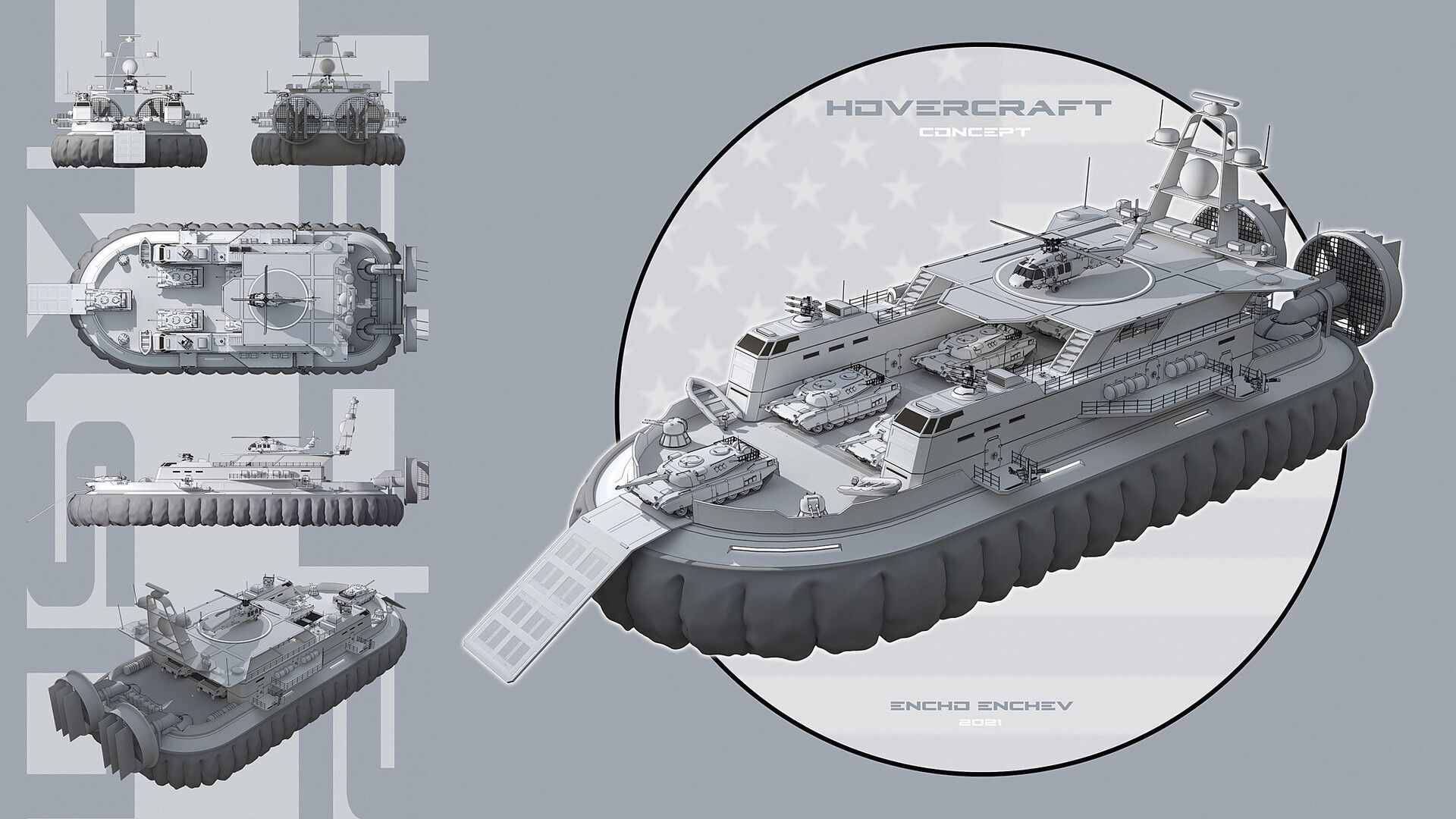Mach 8 Speed Explained

Introduction to Mach 8 Speed

The term Mach 8 refers to an object’s speed, which is eight times the speed of sound. The speed of sound, also known as Mach 1, is approximately 768 miles per hour (mph) or 1,236 kilometers per hour (km/h) at sea level in dry air at a temperature of 59 degrees Fahrenheit (15 degrees Celsius). Therefore, Mach 8 speed is roughly 6,144 miles per hour (mph) or 9,889 kilometers per hour (km/h). To put this speed into perspective, the Space Shuttle had a maximum speed of about Mach 25, which is approximately 19,200 miles per hour (mph) or 30,880 kilometers per hour (km/h).
Understanding the Concept of Mach Number

The Mach number is a dimensionless quantity used to express the speed of an object in terms of the speed of sound. It is named after the Austrian physicist Ernst Mach, who first introduced the concept in the late 19th century. The Mach number is calculated by dividing the object’s speed by the speed of sound in the surrounding medium, such as air or water. For example, an object traveling at Mach 8 is moving at eight times the speed of sound.
Factors Affecting Mach Number

Several factors can affect an object’s Mach number, including: * Altitude: The speed of sound decreases with increasing altitude, so an object’s Mach number will increase as it gains altitude, even if its speed remains constant. * Temperature: The speed of sound also decreases with decreasing temperature, so an object’s Mach number will increase in colder temperatures. * Medium: The speed of sound varies depending on the medium through which an object is traveling, such as air, water, or a vacuum.
Applications of Mach 8 Speed

Achieving Mach 8 speed has several potential applications, including: * Space Exploration: Reaching speeds of Mach 8 or higher could enable spacecraft to travel more efficiently and quickly through the atmosphere, reducing the time and energy required for space missions. * Hypersonic Flight: Hypersonic vehicles, such as scramjets (supersonic combustion ramjets), could potentially reach speeds of Mach 8 or higher, enabling fast and efficient transportation of people and cargo. * Military Applications: Mach 8 speed could also have military applications, such as in the development of hypersonic missiles or advanced reconnaissance aircraft.
Challenges and Limitations

However, achieving Mach 8 speed is extremely challenging due to several limitations, including: * Heat Generation: At high speeds, an object generates a significant amount of heat due to friction with the surrounding air, which can cause damage to the object’s surface and structure. * Aerodynamic Forces: High-speed flight also generates intense aerodynamic forces, such as drag and lift, which can affect the object’s stability and control. * Materials Science: The development of materials that can withstand the extreme temperatures and forces generated at Mach 8 speed is an ongoing challenge.
Current Research and Developments

Researchers and engineers are currently working on developing new materials and technologies to overcome the challenges and limitations associated with Mach 8 speed. Some of the current research and developments include: * Advanced Materials: New materials, such as carbon fiber and ceramic matrix composites, are being developed to withstand the high temperatures and forces generated at Mach 8 speed. * Scramjet Engines: Scramjet engines, which use the atmosphere as a source of oxygen, are being developed to enable hypersonic flight. * Computer Simulations: Advanced computer simulations are being used to model and predict the behavior of objects at Mach 8 speed, helping to optimize their design and performance.
🚀 Note: The development of technologies capable of reaching Mach 8 speed is an ongoing and challenging process, requiring significant advances in materials science, aerodynamics, and propulsion systems.
Future Prospects

The future of Mach 8 speed is promising, with potential applications in space exploration, hypersonic flight, and military technology. However, significant technical challenges must be overcome before these applications can be realized. Ongoing research and developments are bringing us closer to achieving Mach 8 speed, and it is likely that we will see significant advancements in the coming years.
As we continue to push the boundaries of speed and technology, we can expect to see new innovations and breakthroughs that will enable us to explore and understand the world around us in new and exciting ways. The pursuit of Mach 8 speed is an exciting and challenging area of research, with the potential to revolutionize our understanding of flight and space travel.
In the end, the achievement of Mach 8 speed will require continued advances in materials science, aerodynamics, and propulsion systems. However, the potential rewards are significant, and the ongoing research and developments in this area are bringing us closer to realizing the possibilities of hypersonic flight and space exploration.
What is the speed of sound at sea level?

+
The speed of sound at sea level is approximately 768 miles per hour (mph) or 1,236 kilometers per hour (km/h) in dry air at a temperature of 59 degrees Fahrenheit (15 degrees Celsius).
What are the challenges of achieving Mach 8 speed?

+
The challenges of achieving Mach 8 speed include heat generation, aerodynamic forces, and materials science limitations. At high speeds, an object generates a significant amount of heat due to friction with the surrounding air, which can cause damage to the object’s surface and structure.
What are the potential applications of Mach 8 speed?

+
The potential applications of Mach 8 speed include space exploration, hypersonic flight, and military technology. Achieving Mach 8 speed could enable spacecraft to travel more efficiently and quickly through the atmosphere, reducing the time and energy required for space missions.



